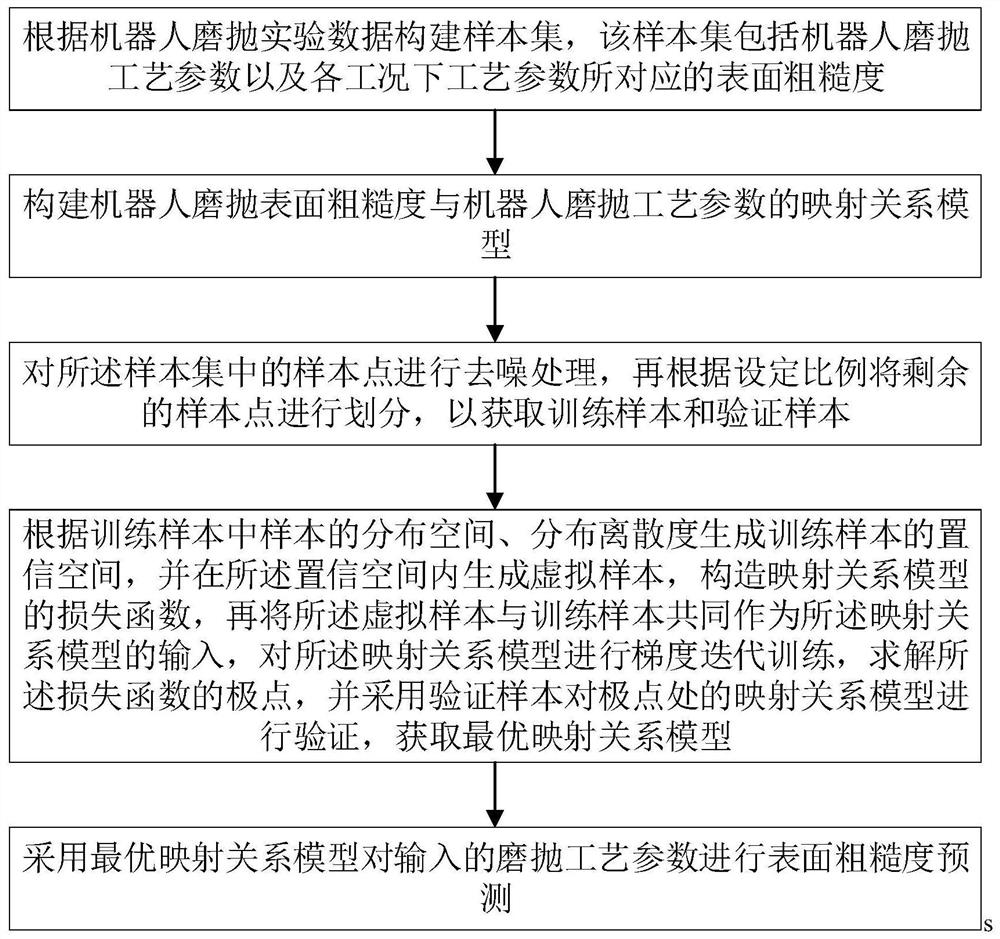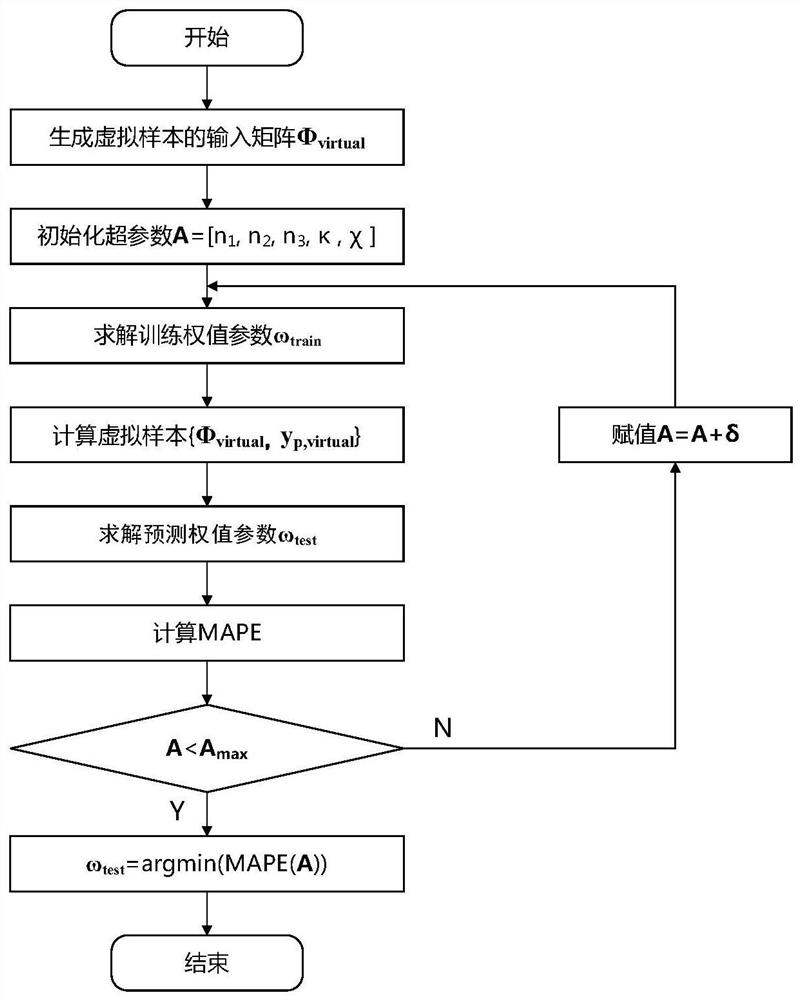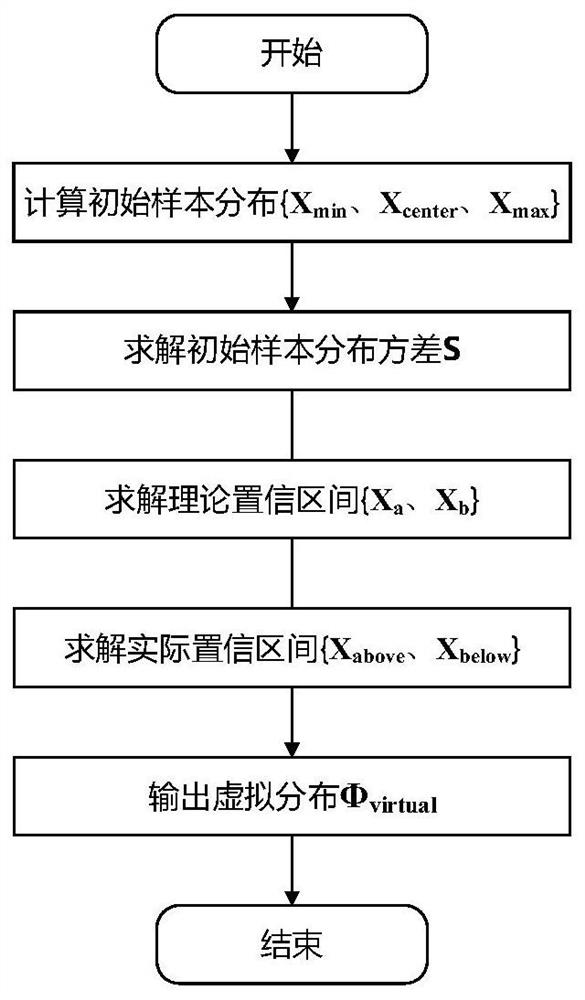Prediction method of surface roughness of elastic workpiece robot grinding and polishing based on virtual samples
A technology of surface roughness and virtual samples, which is applied in the direction of instruments, computer parts, complex mathematical operations, etc., can solve problems such as weak generalization ability, failure to consider the influence of surface roughness, poor robustness, etc., and achieve improved surface Effect of Machining Quality, Improving Predictive Performance, Improving Robustness and Predictive Performance
- Summary
- Abstract
- Description
- Claims
- Application Information
AI Technical Summary
Problems solved by technology
Method used
Image
Examples
Embodiment Construction
[0054] In order to make the object, technical solution and advantages of the present invention clearer, the present invention will be further described in detail below in conjunction with the accompanying drawings and embodiments. It should be understood that the specific embodiments described here are only used to explain the present invention, not to limit the present invention. In addition, the technical features involved in the various embodiments of the present invention described below can be combined with each other as long as they do not constitute a conflict with each other.
[0055] Such as figure 1 As shown, a method for predicting the surface roughness of elastic workpiece robot grinding and polishing based on virtual samples provided by the embodiment of the present invention includes the following steps:
[0056] Step 1: Construct a sample set based on the existing data of robot grinding and polishing, which includes the process parameters of robot grinding and ...
PUM
 Login to view more
Login to view more Abstract
Description
Claims
Application Information
 Login to view more
Login to view more - R&D Engineer
- R&D Manager
- IP Professional
- Industry Leading Data Capabilities
- Powerful AI technology
- Patent DNA Extraction
Browse by: Latest US Patents, China's latest patents, Technical Efficacy Thesaurus, Application Domain, Technology Topic.
© 2024 PatSnap. All rights reserved.Legal|Privacy policy|Modern Slavery Act Transparency Statement|Sitemap



